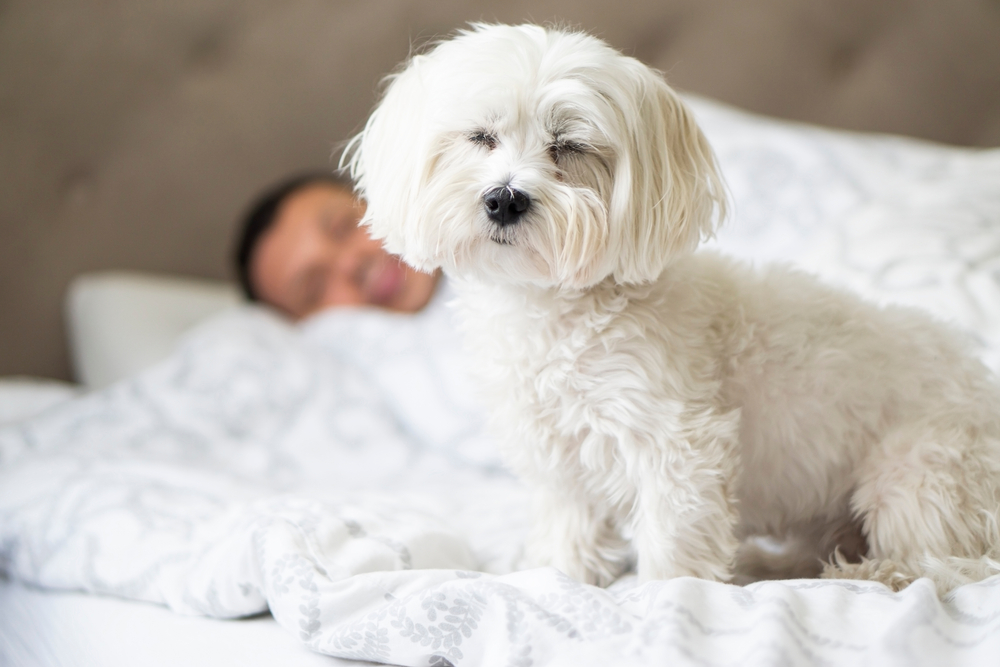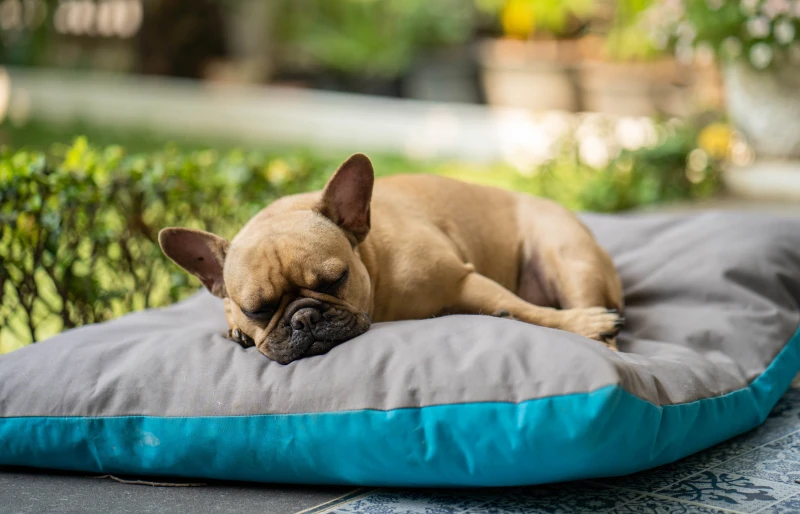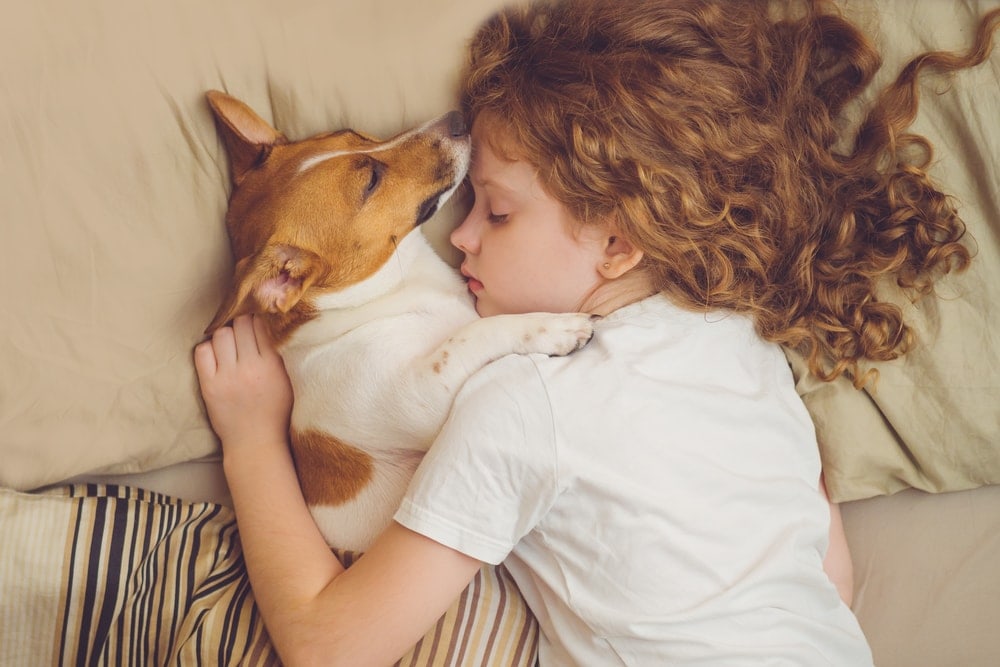We all know that daylight savings time affects people. The days following the shift see more heart attacks and strokes than average—plus an increase in car accidents.1 Even if we don’t feel all that sleepy, our bodies are.
Dogs likely experience similar effects from daylight savings, though the impact may be lessened. Dogs can go back to bed, even if their humans are wandering around the house an hour early, or they can take a nap later in the day if they feel tired. After all, dogs don’t read clocks, so they aren’t particularly as worried about “keeping up.”
Let’s take a look at how daylight savings time affects dogs.
Possible Effects of Daylight Savings Time

Sadly, not many studies have been done on daylight saving time’s effect on dogs. Rather, we just have to learn from our observations. Daylight savings time will mostly affect dogs in how they react to their humans. For instance, they may be confused by the sudden shift in feeding times, walks, and potty breaks. Some dogs may take a few days to shift along with us. Your canine may ask for food earlier than the scheduled time according to the clock, or they may have accidents inside.
Any dog can feel the effects of the human clock shifting while their internal clock stays in the same place. Be particularly cautious with dogs on medication. It’s important to keep their dosing as it should be, which may mean not moving everything according to what the clock now reads.
Dogs may start experiencing more signs of stress, such as anxiety, potty accidents, and changes in activity levels. If your dog seems to be prone to anxiety anyway, they may be more prone to the stress surrounding daylight savings time.
Some dogs are more adaptable than others, of course. Age, breed, and past experiences all play a role in how well your dog will react to the change in time. Exactly how the time changes may also matter. Losing an hour can be harder than falling back an hour, even though it still shifts their routine. More sleep is typically better than less sleep, as is earlier feeding and potty times.
That said, all dogs thrive on consistency, and all will be affected when their schedule changes. The more abrupt the change, the greater the impact on your dog may be. Therefore, we highly recommend easing into the change if you possibly can.
What You Can Do to Ease the Impact

Daylight savings time will likely always impact your dog in some way. However, exactly how your dog is impacted will vary. You can also limit the impact by taking a few simple steps to ease your dog into the new routine:
- Ease into the change: If possible, consider gradually adjusting your dog’s routine over a week or so. Start by just changing your schedule by 15 minutes. Most dogs will not be hugely impacted by a change of 15 minutes. Keep the small change for 2–3 days, and then adjust it by another 15 minutes. Over a week, you can reach the new hour change that daylight savings brings.
- Stick to the new routine: You may be tempted to fall back into the old routines to help your dog adjust. However, once the change is in effect, it’s vital to be as consistent with the new routine as possible. Don’t continue to fall back or shift the schedule. Otherwise, it may take your dog even longer to adjust.
- Be patient: You can’t exactly explain to your dog that the time is shifting. Therefore, it’s important that you are patient and understanding with your dog. Otherwise, you may find yourself pushing too hard, too fast. It’s much better to be extra-understanding and build extra playtime and attention into your routine.
- Focus on light cues: If possible, expose your dog to extra light during this scheduled shift. It may help them regulate their internal clocks, helping ease the transition into the new schedule.
How Long Does It Take a Dog to Adjust to Time Change?

Pets adjust at about the same speed as people. You can expect them to need a couple of days to adjust to the time change. However, some may need more time than others. Pets tend to have a strong internal clock, as they cannot read a human clock. Therefore, pets may take a little bit to adjust when the sunrise stays the same, but their humans are lying in bed for an extra hour. Dogs on medication may also take longer to adjust, especially if you adjust the timing of their medication.
Animals without much of a routine to begin with may feel less of an impact. Some dogs just aren’t that concerned with routines, while others do the same thing every day. If your dog falls into this latter category, it may take them much longer to adjust.
Struggling dogs should slowly adjust as you change their feeding and activity schedule. If you know your dog typically has a hard time, we recommend looking at our tips above to help adjust their schedule more gradually and gently.

Final Thoughts
Just like daylight savings time affects us, it can also affect our dogs. It’s important to adjust your expectations accordingly. Adjusting the routine slowly is best over the period of a week or so, prior to the change if possible.
Luckily, dogs typically bounce back relatively fast. It only takes a few days for the vast majority of dogs to adjust to the new routine. It is important that you stay on routine as much as possible, though. Otherwise, it may take your dog even longer to adjust. Once you move a walk or meal time, keep it in the new routine.
Featured Image Credit: AJR_photo, Shutterstock











